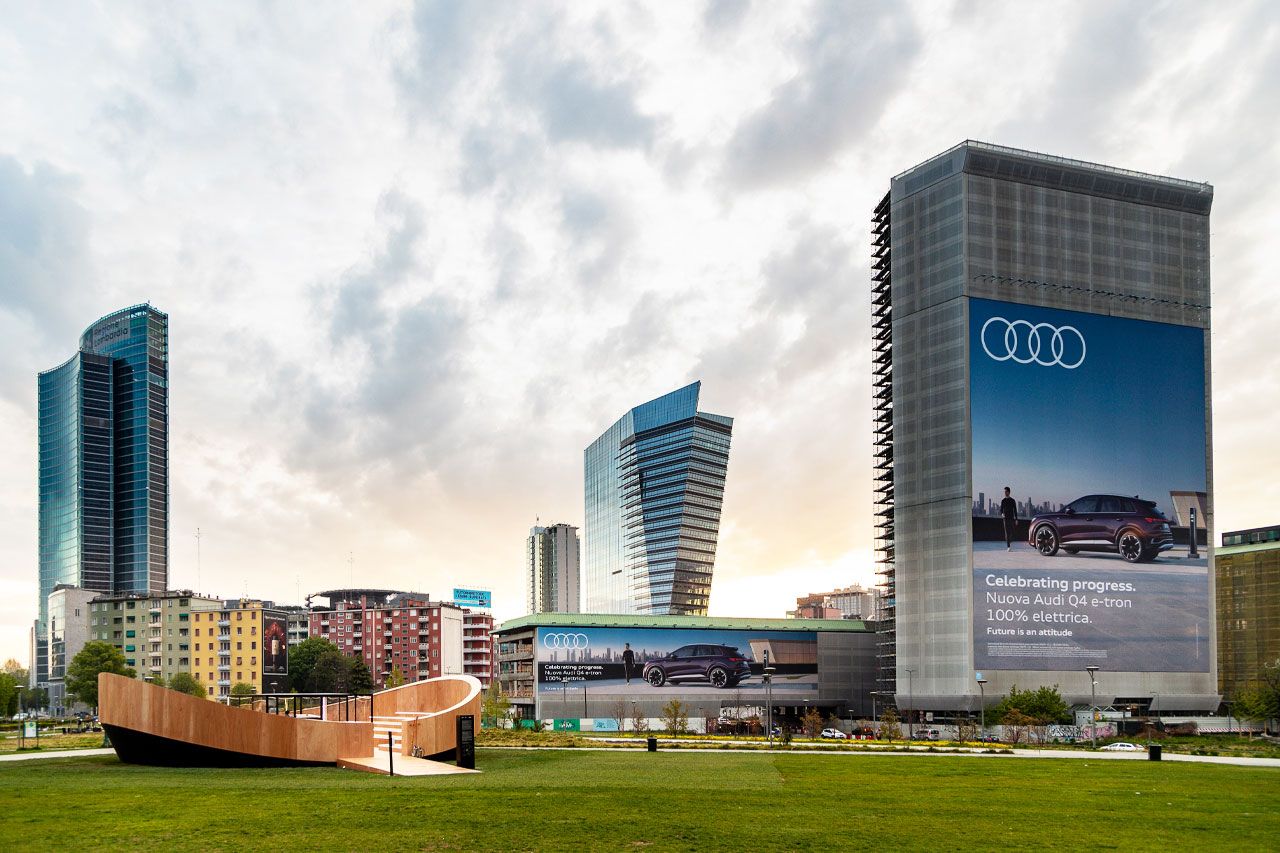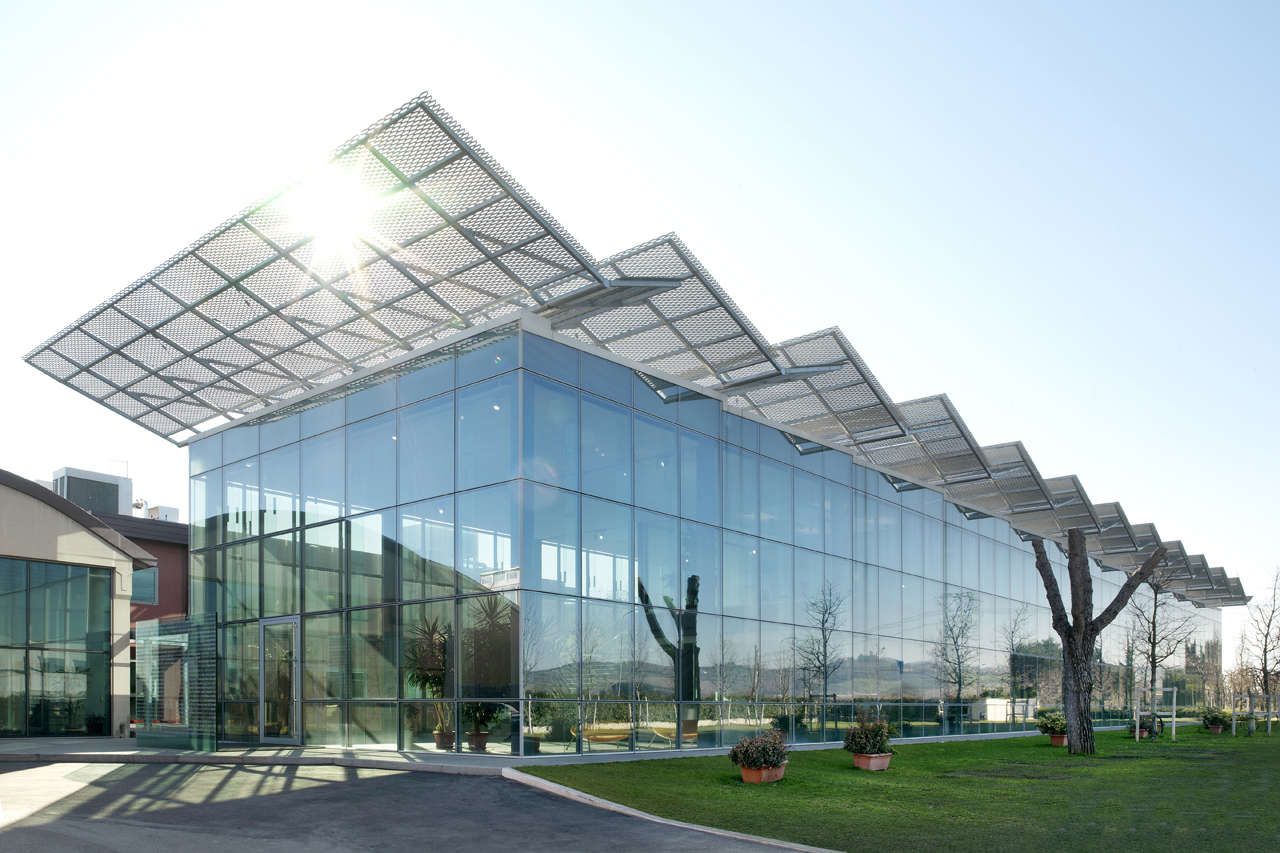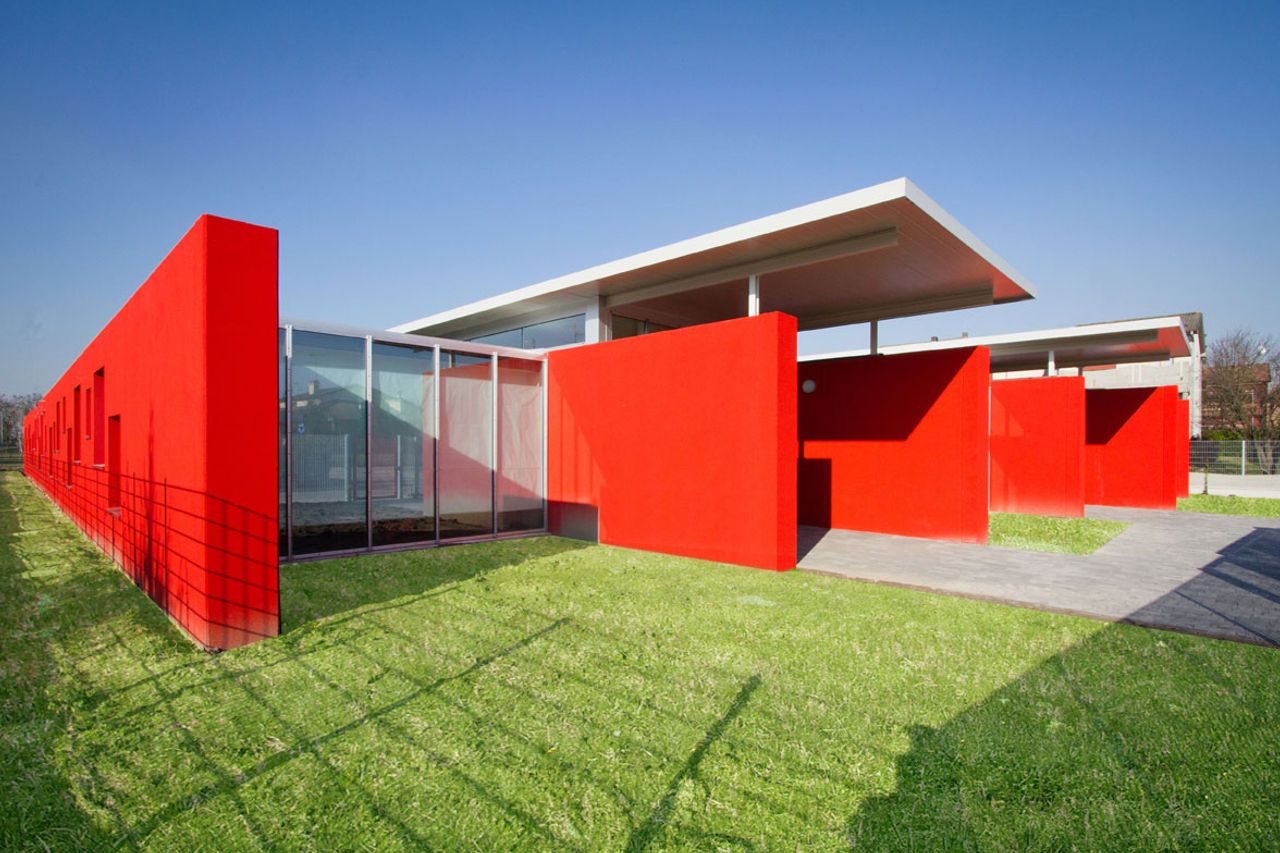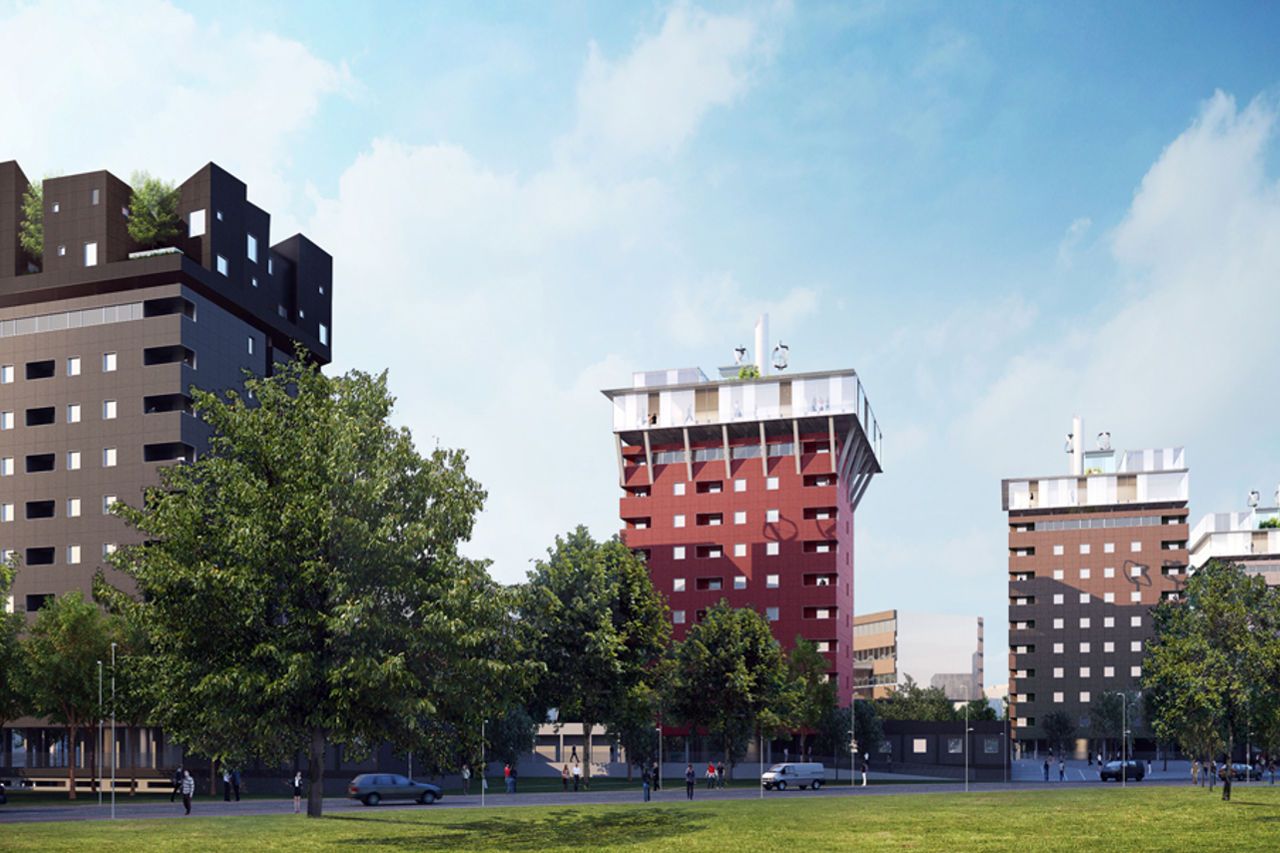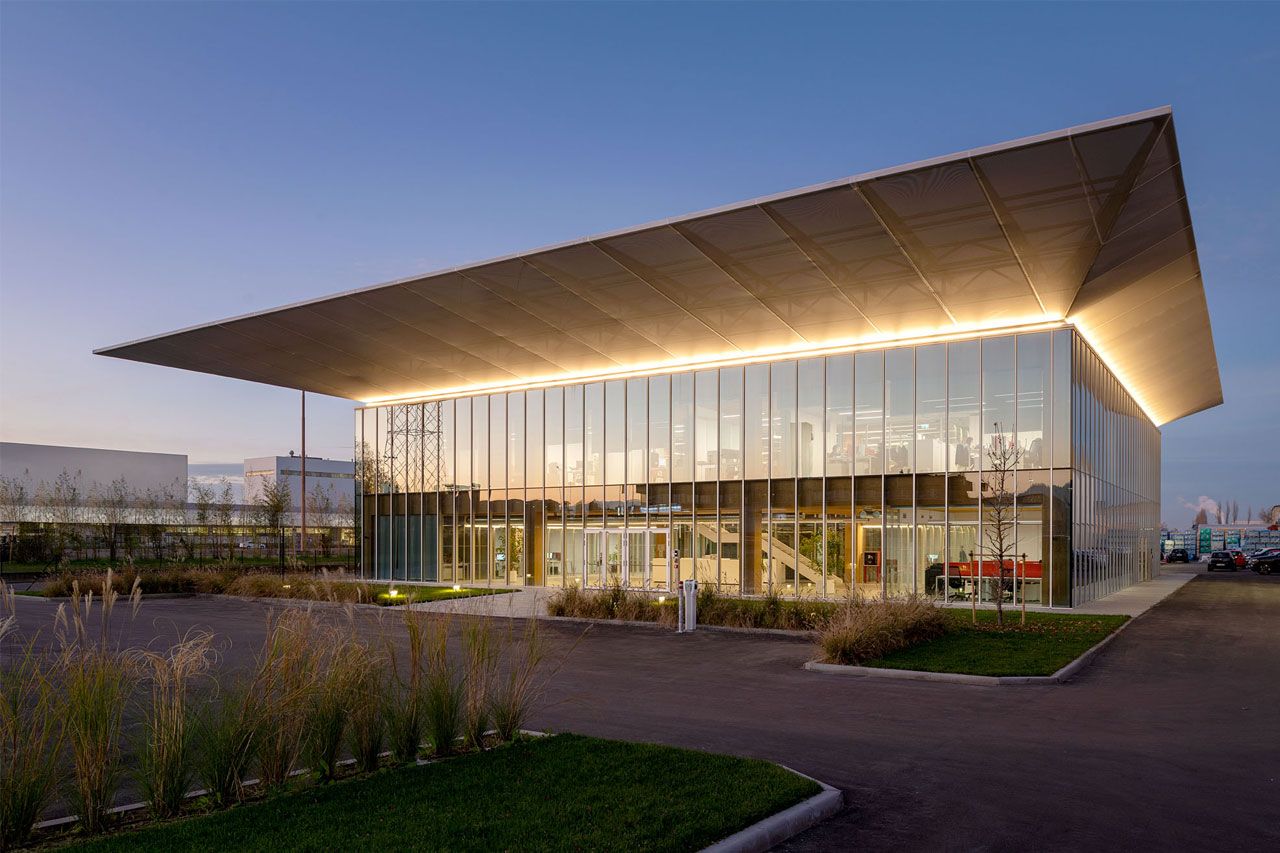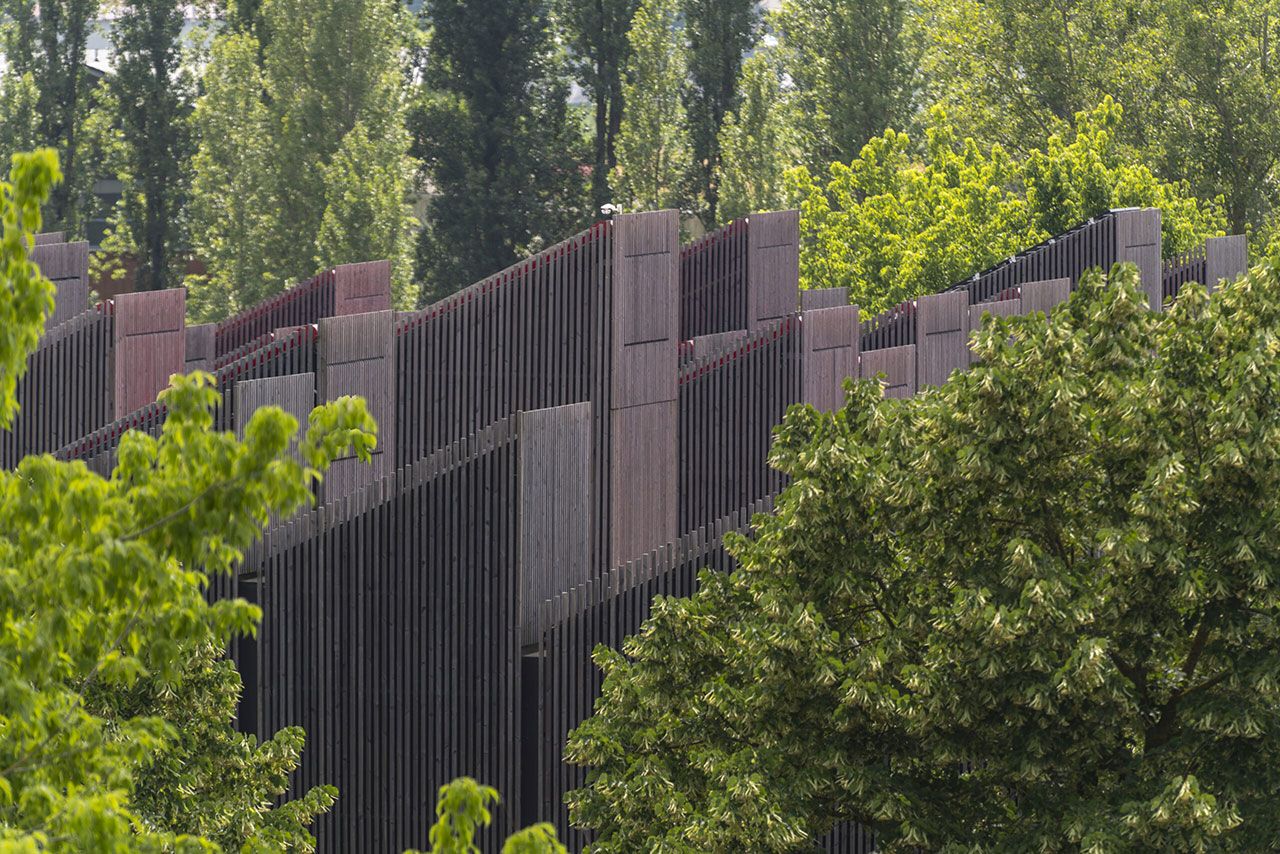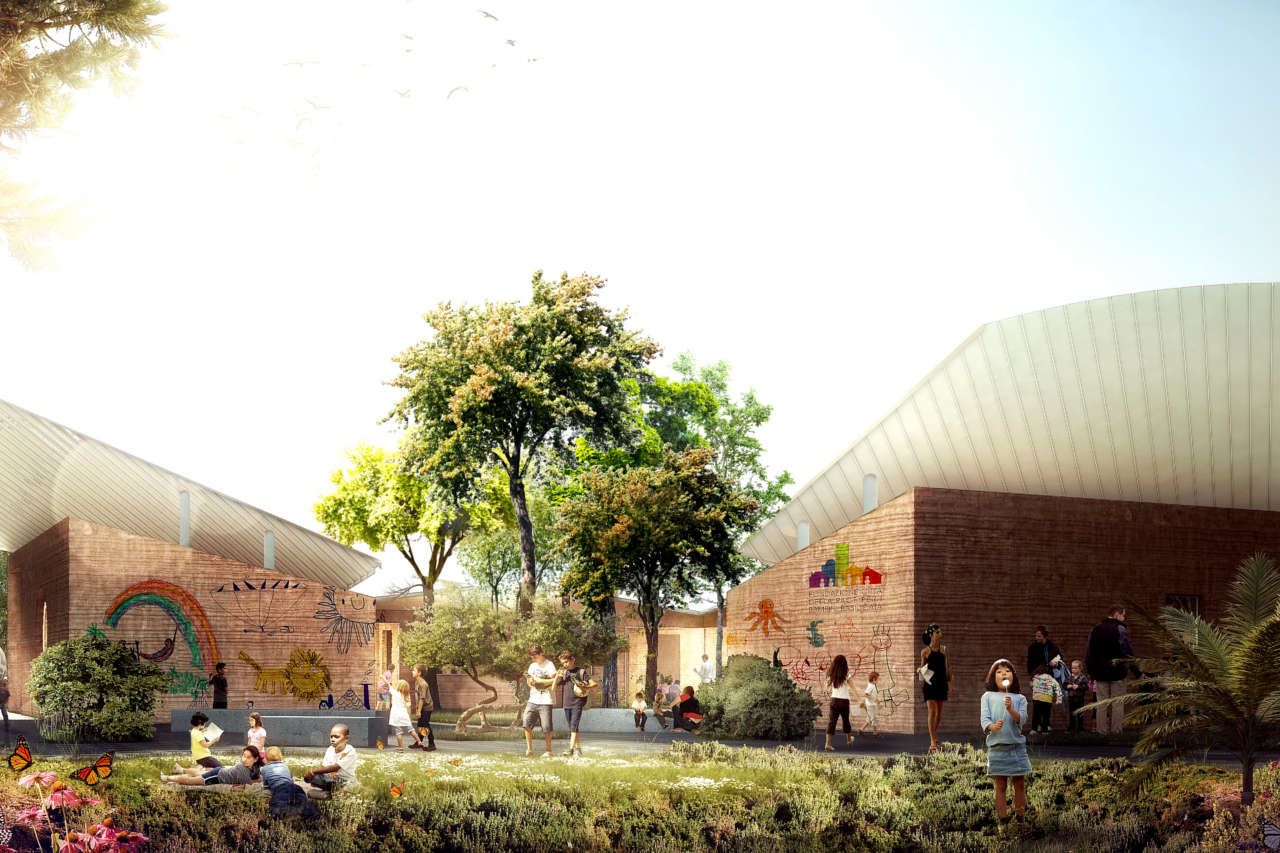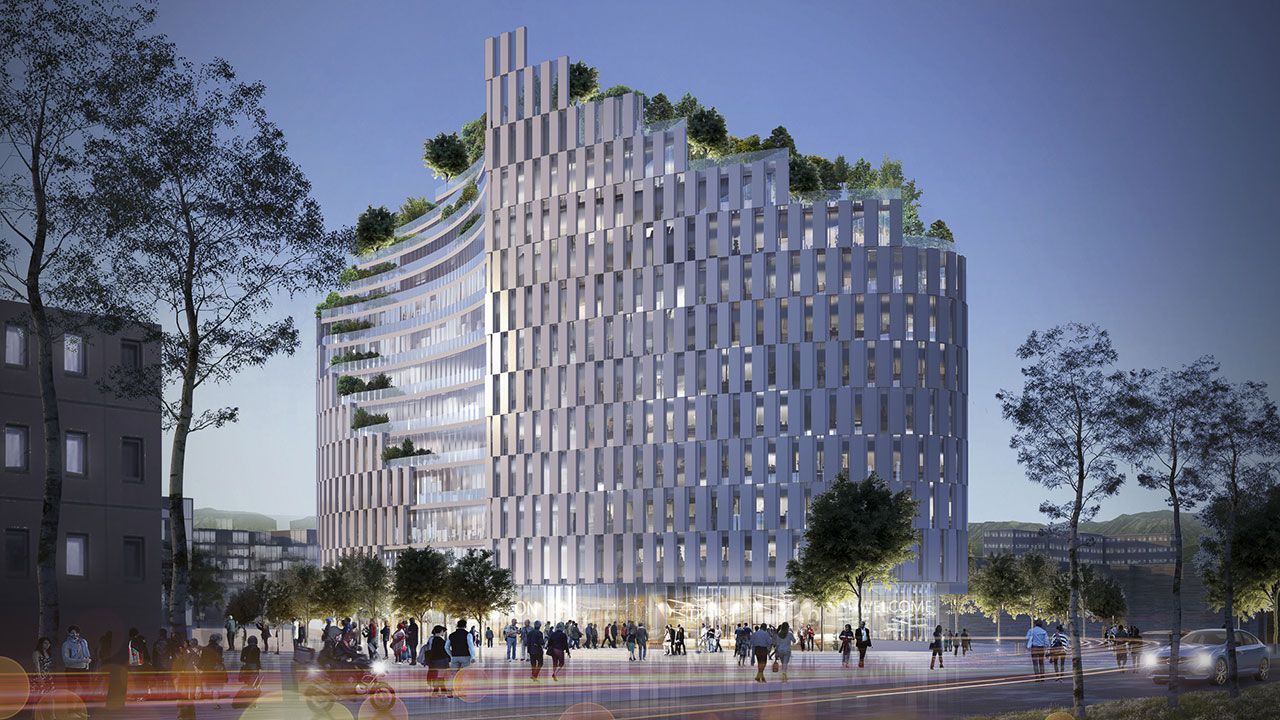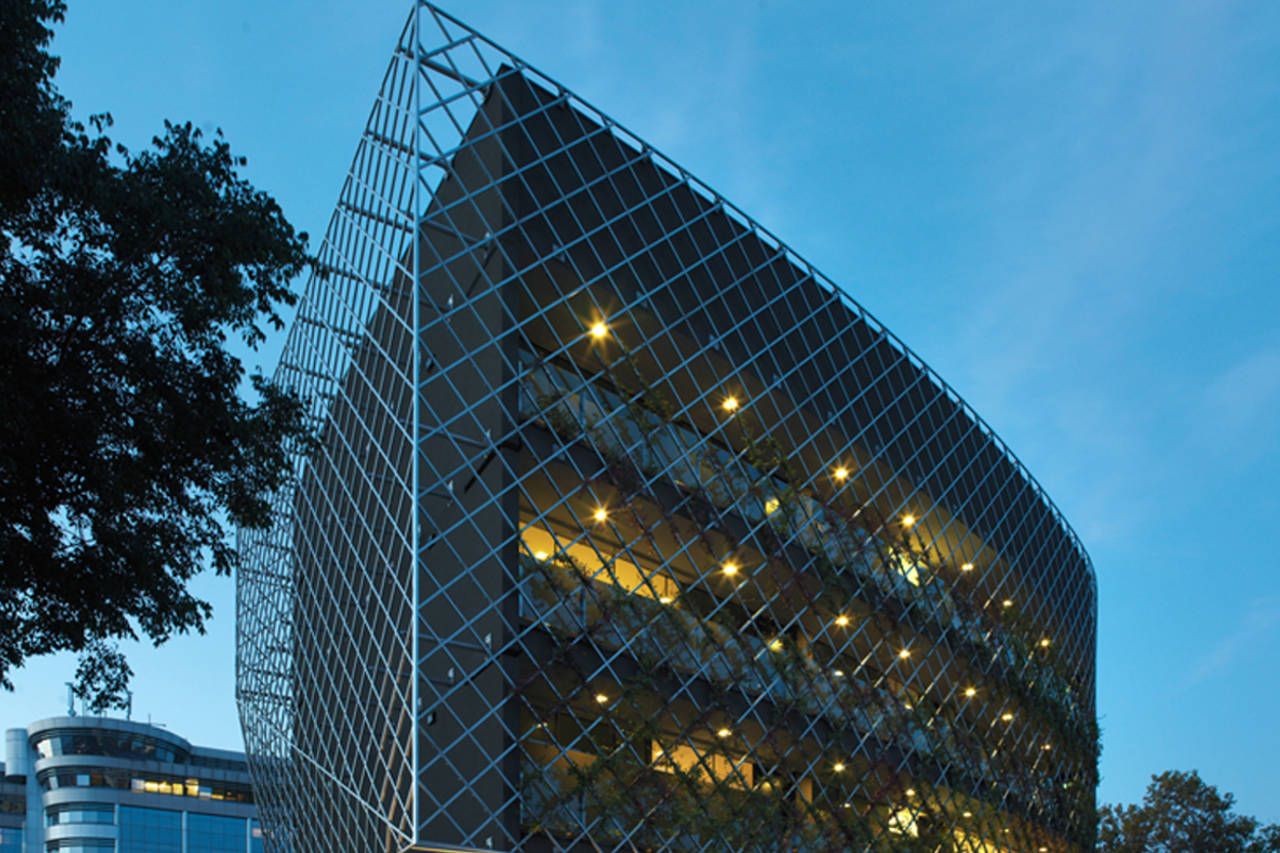The project is based on simplicity. It is a building with ample glass surfaces that allow the classrooms to interact closely with each other and the outdoors. Natural materials with low environmental impact were preferred. In particular, the loadbearing structure consists of a framework in timber, a safe material that is also ideal for thermal insulation. Optimally distributed glazing, efficient thermal insulation, an advanced rainwater recovery system, and a rooftop photovoltaic array made it possible to minimize both the consumption of resources and the use of mechanical systems to satisfy the building’s energy needs.
Asilo Nido Iride
When design has a positive impact on education
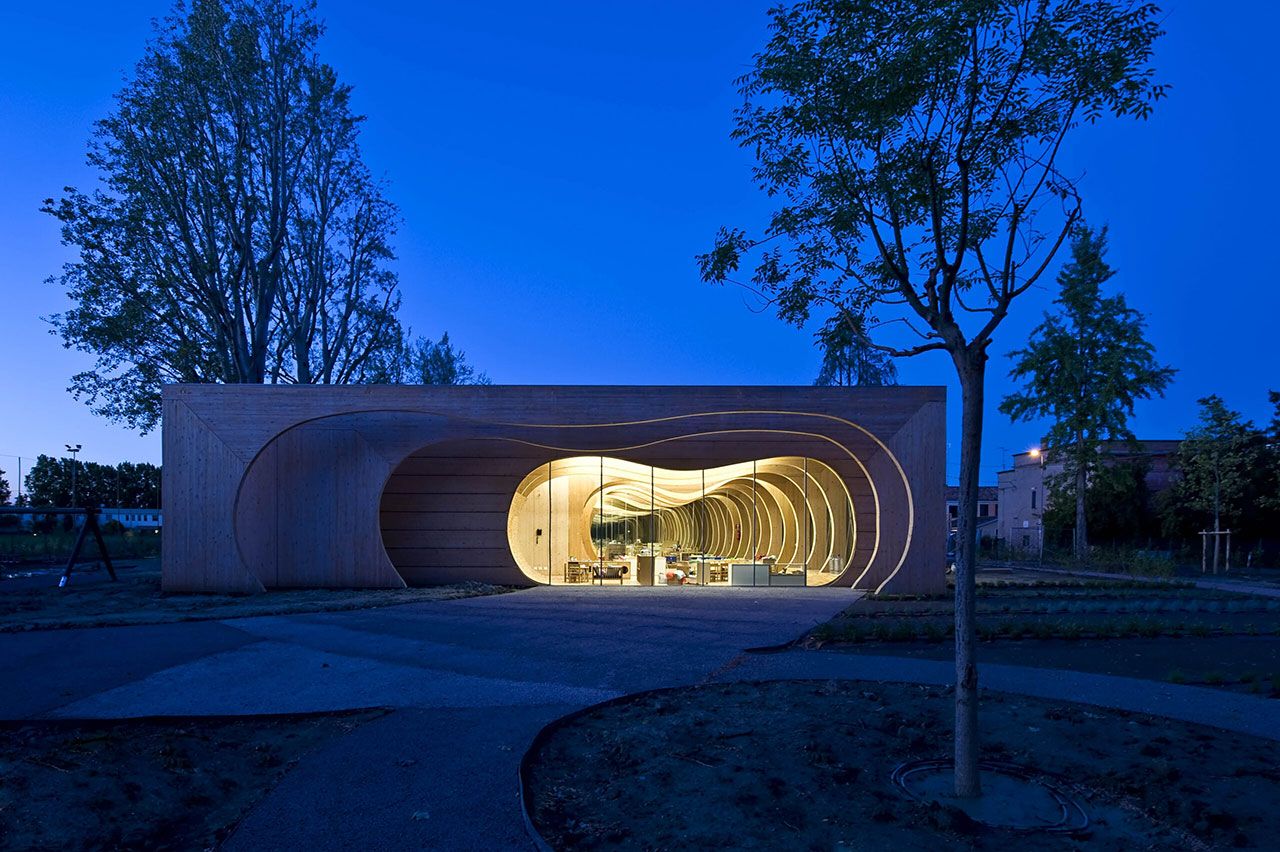
Creative Empathy for children's education
The result of a dialogue between different disciplines
Commissioned following the 2012 earthquake in Emilia-Romagna and the Lower Po Valley, the infant and nursery school in Guastalla is also the result of a dialogue between architecture, pedagogy, psychology, and anthropology. The quality of the spaces derives from an interaction of these fields of study, taking into account the numerous aspects of architecture that affect child development, from the shape and layout of the rooms to the sensory perception of light, color, sounds, and tactile experiences.

©Moreno Maggi

MCA archive
I started with the idea that children shouldn't stay closed in space but live in space. Space is already a form of education.
Design elements
The architecture is based on a series of vertical timber structural elements that create a dialogue with the Po Valley landscape’s typical poplar groves, planted in orderly rows. This structural framework gives the building considerable lightness of form, quite unlike the compact and monolithic volumes usually associated with schools. The guiding design elements were natural light and direct contact between the interior and exterior spaces. The outdoor areas as essential spatial elements are immediately perceivable from the interiors through ample glazing on all sides of the building.

Visual by Christian Chierici

©Moreno Maggi

MCA archive

Generative diagram of the project by MCA
The environment as a “third educator”

©Moreno Maggi
Materials and environmental strategies
The pedagogical characteristics of the architectural elements, the shapes of the interior spaces, the furnishings, and their layouts, the selection of materials, and the sensory perception of light, colors, sounds, and tactile experiences were all taken into account in the design of the nursery school.

©Moreno Maggi
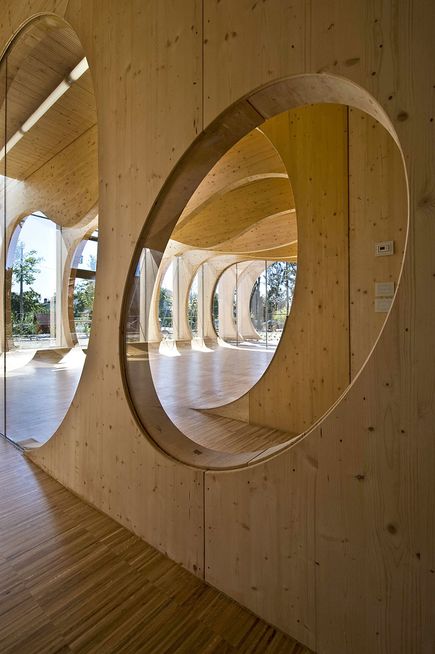
©Moreno Maggi

©Moreno Maggi
The Bioclimatic Project

Graphic Design by Zup Design

©Moreno Maggi
A project based on simplicity
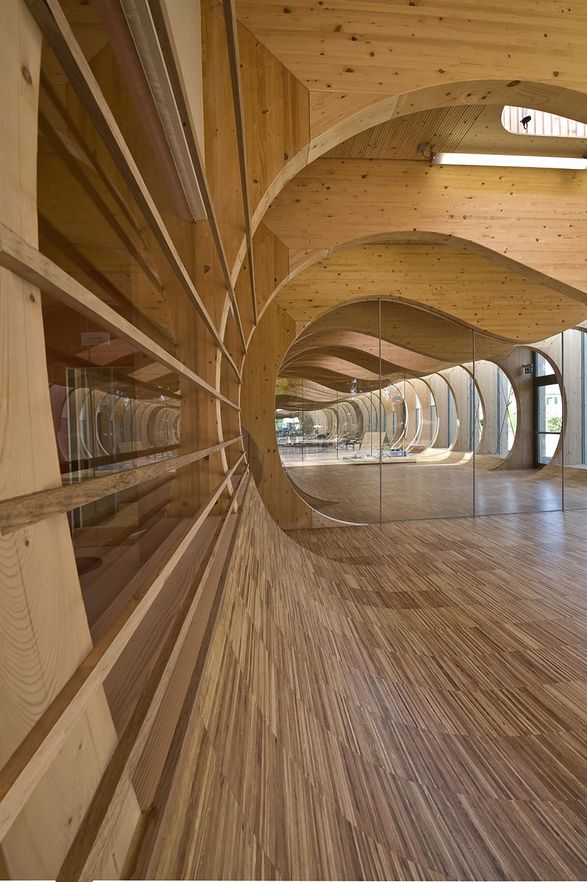
©Moreno Maggi
Sinuous spaces and warm materials
In a clear reference to the belly of Pinocchio’s whale, the sinuosity of the spaces and the warmth of the materials evoke a reassuring womb, a place from which the school’s young users can take their first steps towards growth and then return to a sensation of safety. They find themselves exploring spaces that are highly complex, but at the same time extraordinarily familiar, in which to develop their skills and personalities.
A harmonious relationship with the outdoors
Special attention was paid to helping the children develop a harmonious relationship with the outdoor environment and its changes through the seasons. To this end, every classroom provides direct access to the garden. All interior spaces maintain constant contact with what is taking place outdoors, including weather events and seasonal patterns, changing light levels throughout the day, background sounds, and isolated noises.
The sensory path is characterized by a series of small thematic gardens. From the main entrance, they consist of the “Butterfly Garden” (vision), the
“Sound Garden” (hearing), the “Perfume Garden” (smell), the “Good Food Garden” (taste), and lastly, accessed from the school’s interior,the “Thumbelina Trail” (touch).
More than simple connecting elements, the circulation spaces stimulate curiosity and a sense of fun by incorporating areas for play and group activities as well as niches for quiet time. Glazed walls provide views of the outdoors and other classrooms and laboratories. Following this vision, no space has a marginal role: the entire building wants to spark curiosity and encourage the children to explore and share their experiences.
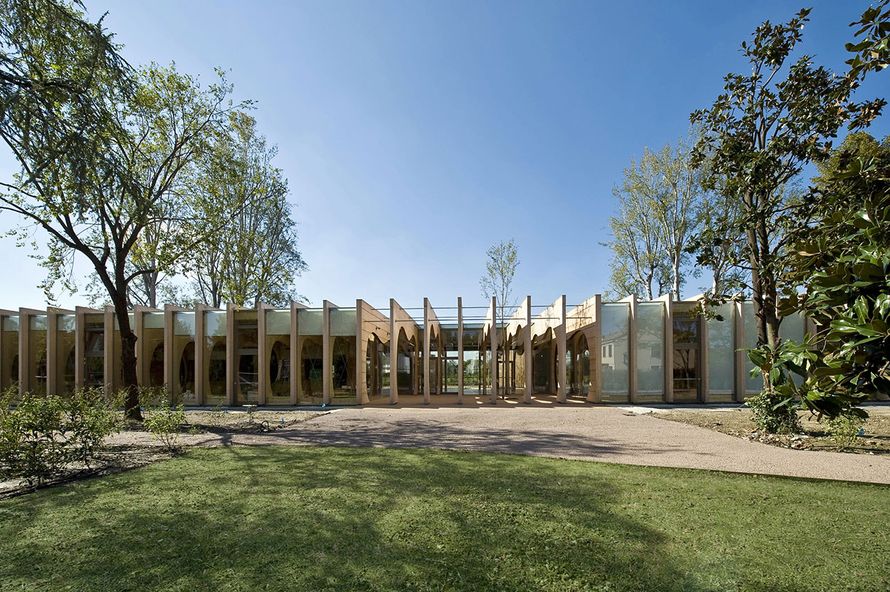
©Moreno Maggi

Sketch by Marilena Baggio, who designed the project for the sensory garden and woodland path
- Key Info
- Team
- Collaborators
- Awards
